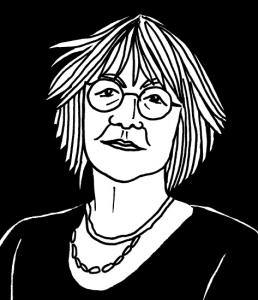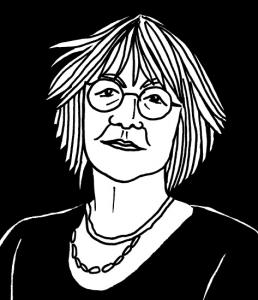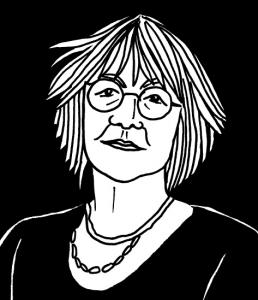Housed in the Quaker Library in London’s Euston Road, is a remarkable document. Measuring about five inches square, created from sheets of lavatory paper and bound in hessian taken from a mailbag, it consists of 100 pages of articles, jokes, poems, and even a spoof children’s page. Dated 18 December 1918, it is an edition of the Winchester Whisperer, one of the many tiny newspapers produced by imprisoned conscientious objectors, right under the noses of their prison warders.
…




